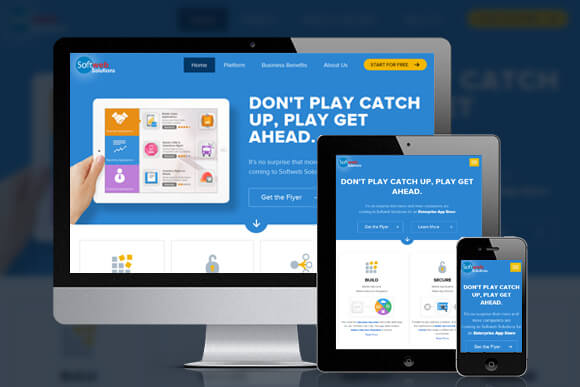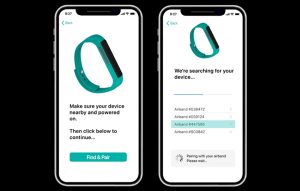Enterprise App Stores (EAS) are the current rage among enterprises. By 2017, 25% of enterprises will have an EAS for managing their corporate-sanctioned apps on PCs and mobile devices. We have even covered the topic in detail previously.
A survey done by Partnerpedia, a mobile-app-management company, shows that 86% of enterprises want a self-service model so that employees can download apps themselves and free up the IT staff for other tasks. As per another survey from PMG Business Process Automation, 25% of the IT executives surveyed said that their enterprises already had an EAS and another 19% said they are considering one. The survey’s main results are as follows:
Better control over apps: About 72% of the respondents said that it was important to have a central repository for distributing vetted applications.
Reduced risk: 65% of the respondents believed that having an internal app store reduced the chances of unsupported software entering the enterprise IT system and breaking down the processes.
Cost control: 54% of the respondents said that this was possible with the centralized purchasing of applications and getting more influence with software vendors when it came to making purchases from them. 51% of the respondents also mentioned that enterprise app stores resulted in decreased administration expenses since all the necessary applications were in one place and made to be compatible with all platforms.
Forrester’s research says that 60 % of firms in North America and Europe are supporting BYOD policies which can result in security vulnerabilities for the company. But with an enterprise app store, IT can prohibit certain apps and allow in only secure apps or develop specific apps for the company’s internal use.
Today, there are multiple EAS vendors in the market pushing their own version of the Enterprise App Store and trying to make it as an industry standard. A company that decides to implement an EAS has four choices –
- Software companies offering both external and internally licensed apps to end-users.
- Companies offering basic EAS features into the general framework of their IT solutions.
- App developers giving EAS modules in their mobile development profiles.
- Apple is also offering a corporate purchasing program to let companies buy app licenses in bulk for their employees.
Companies building Enterprise App Stores are focused on creating app stores that are user friendly and widely used. Any organization planning to build its own EAS should be aware of these four current trends.
Client Side Apps
The development of enterprise apps is also changing the way companies are planning their app stores. With the shift towards client side apps, there is now a strong preference for web applications which behave like native apps. This shift is expected to spill over to the enterprise sector as well. The client-side apps will be browser-based and will use JavaScript frameworks, making them faster and more efficient.
Focus on User Experience
Business-oriented apps of the past were more focused on performance than on user interface and user experience. But with the advent of BYOD, employees are using their smartphones and tablets for office work and expect their work related apps to match the ones available in the public app store. This will result in faster and more user-friendly apps with more intuitive controls and options for users. The end result will be a certain level of standardization and make it easier for companies to adopt new technologies.
Increased Integration with Third-party Platforms
The increase in cloud-based services has resulted in many companies migrating their data to the cloud. These companies are turning to the cloud hosts to meet all their app development requirements as well. This means that third-party vendors will have to focus on adding more spark to their services, by offering customizable options, plug-ins, and cross-app synching.
HTML5 Increases in Popularity
2014 is predicted to be the year when HTML5 will witness wide-spread adoption as the new standard for enterprise app development. This will result in mobile web development undergoing a huge change and the growth of rich and complex applications, leading to more productivity.
Companies have realized that to build a successful EAS, they need to get feedback from their existing BYOD employees, test their apps and also create and implement a uniform security policy by using app wrapping. Apps in the EAS also need to be evaluated regularly and updated or removed and replaced as per user feedback.
Apple iOS 8 and iPhone 6
Companies with BYOD policy have a high number of Apple users and with the release of the latest iPhone and iOS 8, IT departments need to be ready since these new devices will start showing up in the workplace soon. This means making sure that the existing apps are working in the new OS. With the larger iPhone 6 screens, you can expect to see more employees using them for work.
This is another example of how having a device centric approach does not work. With the rapid proliferation of multiple mobile platforms, having a dedicated Enterprise App Store is an excellent way to ensure that the company’s data is accessible in a secure manner to authorized employees.








